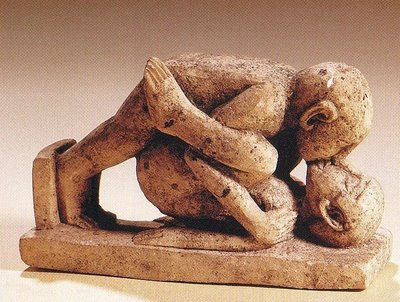Hi friends. It’s summer and I’m hitting the skies again. Back to my favorite city to see some of my favorite people and enjoy the birthdays of my two favorite nations. The fleeting evenings this workweek will be spent on next week’s article (I know I already told some of you what it’s about) so today I just have a question for you.
Whenever I ask the audience something, even if I’m just asking what’s happening, I’m moved by the response. Behind each of the names in the comment section is a vast, actively unfolding life and we all get to see so little of it, normally. The anecdotes are always so colorful and compelling, so much more interesting than fiction.
I also love how the commenters start talking to each other and helping each other. I love that a large contingent of the (mostly) like-minded gather here regularly.
I want to know:
What has been the hardest part for you?
Of life, that is. I don’t mean the roughest period of time in your life, I mean the recurring theme that has always given you grief, particularly if you feel like most people don’t have a problem with it.
Your answers and stories are always so helpful to me, and other readers too. I constantly find myself forgetting how complex everyone’s story is, and whenever I do my problems appear to me as the world’s great drama. And that’s not good for anyone. When other people open up, it gives us perspective about each of our own bags of hammers.
Venting is totally welcome, but that’s not really what this is about. I specifically want to see people articulate what area (or specific issue) hangs them up the most. Throughout my life, I’ve let certain problems fester, for years even. Recently I’ve made huge progress on certain lifelong issues, and the amount of action it took to see a change was staggeringly small.
All it really took to start changing things was to finally articulate the issue to someone else, in words. There’s something magical in that. I’m asking you to do that, here, even if you don’t normally comment.
Tell us. What’s your problem?
***


 I'm David, and Raptitude is a blog about getting better at being human -- things we can do to improve our lives today.
I'm David, and Raptitude is a blog about getting better at being human -- things we can do to improve our lives today.
It all pretty the opposite if you're not in the US :) Since 2022 I've changed 3 countries and I'm planning to emigrate to the fourth one. I've had so much novelty and so many things to adapt to. However, time had never run so fast for me as in 2022...